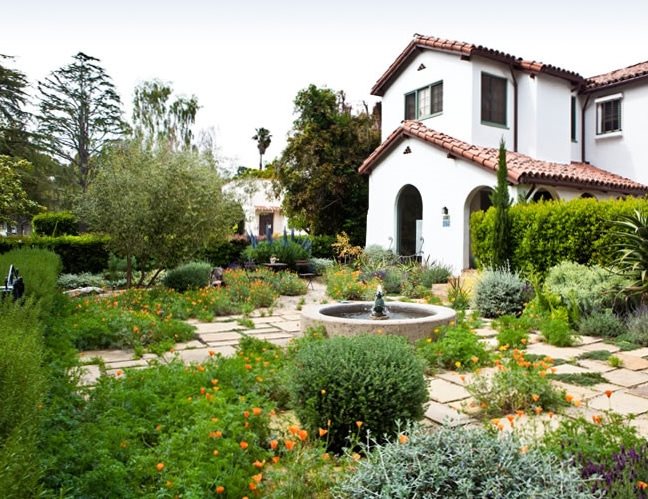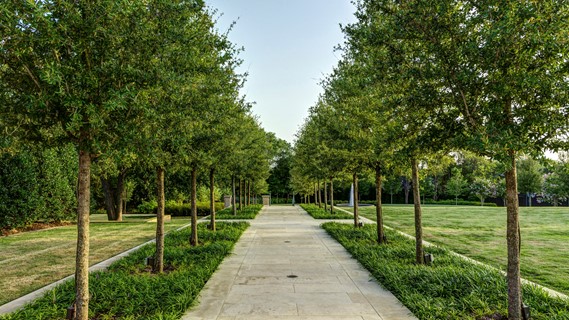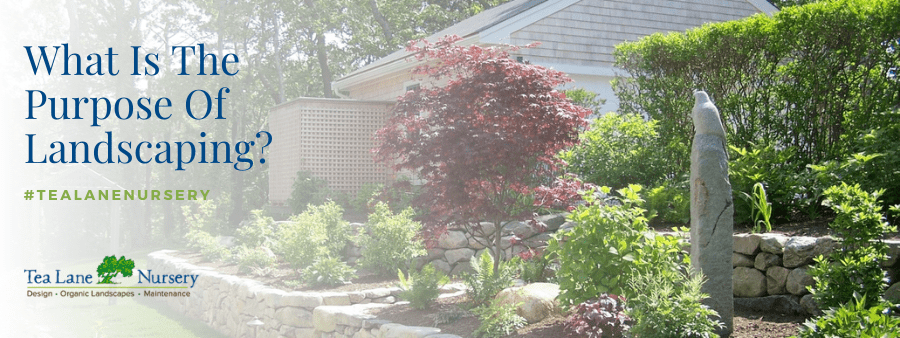Hilton Head Landscapes for Beginners
Hilton Head Landscapes for Beginners
Blog Article
The smart Trick of Hilton Head Landscapes That Nobody is Talking About
Table of ContentsHow Hilton Head Landscapes can Save You Time, Stress, and Money.Hilton Head Landscapes Fundamentals ExplainedThings about Hilton Head LandscapesAn Unbiased View of Hilton Head LandscapesHilton Head Landscapes Can Be Fun For AnyoneThe 25-Second Trick For Hilton Head LandscapesThe Main Principles Of Hilton Head Landscapes Our Hilton Head Landscapes Diaries
Kind compatibility is also a significant element of unity in designone or more noticeably various forms benefit contrast and emphasis, yet generally all other forms need to have some resemblances for a combined appearance. Texture refers to how rugged or fine the surface area of the plant or hardscape product really feels and/or looks.
Instances of plants with crude structure consist of philodendrons, agaves, bromeliads, hollies, hands, and hydrangeas. Qualities that create fine structure consist of small vegetation; thin, strappy leaves (grasses) or high, slim stems; little, thick twigs and small branches; long stems (vines); and little, delicate flowers.
Facts About Hilton Head Landscapes Revealed
Many plants are moderate appearance, because they can not be called having either coarse or fine appearance. They are characterized by medium-sized leaves with easy shapes and smooth sides. The average-sized branches are not largely spaced neither widely spaced, and the overall kind is generally rounded or mounding. Medium-textured plants serve as a background to web link and link the crude- and fine-textured plants.

To make an area feel smaller sized, position the crude structures along the outer boundary and the fine textures closest to the audience. The detail of the crude appearance makes the plants appear closer and makes the space feel smaller sized. The regarded appearance of plants can additionally alter with the distance from the plant.
Rumored Buzz on Hilton Head Landscapes
Vibrant shades enhance the comparison and make the structure appear coarser, while low-key colors can flatten structure. Hardscape with a coarse texturesuch as really harsh rocks and strong, large timberstends to make all plant product appear much more medium distinctive. Designers commonly develop an appearance research study (Figure 8) theoretically to help determine the plan of plant materials.
Shade in plant product and hardscape adds passion and range to the landscape. Shade is the most conspicuous aspect in the landscape and is generally the focus of a lot of property owners; nevertheless, it is additionally the most short-term aspect, generally lasting just a couple of weeks a year for individual plants.
The 8-Second Trick For Hilton Head Landscapes
An easy summary of the shade wheel consists of the 3 key shades of red, blue, and yellow; the 3 additional shades (a mix of 2 primaries) of environment-friendly, orange, and violet; and 6 tertiary shades (a mix of one surrounding key and second shade), such as red-orange. Color theory describes the connection of colors to each other and how they should be used in a composition.

Analogous (in some cases called harmonious) color schemes are any three to 5 colors that are nearby on the color wheel, such as red, red-orange, orange, yellow-orange, and yellow, or blue, blue-violet, and violet (landscape design hilton head). The colors relate to every other since they usually consist of two primary shades blended to form a second and 2 tertiary shades, which suggests they share typical properties
Corresponding colors are often found naturally in flowers; an usual set is yellow and violet. Shade is discovered in the blossoms, vegetation, bark, and fruit of plants.
The Hilton Head Landscapes Ideas
Environment-friendly vegetation in all its different tones is the leading color by quantity, but other colors record interest more easily due to their high comparison to the color environment-friendly. Color is likewise discovered in buildings, rocks, pavers, wood, and furnishings. The majority of colors in all-natural materials, such as stone and wood, are commonly low-key and have a tendency to be variants of brownish, tan, and pale yellow.
Shades have homes that can affect emotions, spatial perception, light quality, equilibrium, and focus. Cool shades have a tendency to be relaxing and should be used in locations for relaxation and calmness.
How Hilton Head Landscapes can Save You Time, Stress, and Money.
Great shades tend to recede and are regarded as being farther away, making a space feel larger. Shade can also be made use of to record attention and direct views.
For instance, brilliant yellow, which has the greatest strength, also has a high contrast with all various other colors (typically called a "pop" of color) and must be utilized moderately. A percentage of intense color has as much aesthetic weight as a big quantity of a more restrained or weak color.
Analogous (often called unified) color design are any internet three to 5 colors that are adjacent on the color wheel, such as red, red-orange, orange, yellow-orange, and yellow, or blue, blue-violet, and violet. The shades relate to every various other due to the fact that they commonly include 2 primary shades blended to develop an additional and two tertiary shades, which means they share usual homes.
Hilton Head Landscapes Can Be Fun For Everyone
They have a tendency to have high contrast between them. The most typical sets are violet and yellow, red and green, and blue and orange. Corresponding colors are typically found naturally in blossoms; an usual set is yellow and violet. Color is found in the blossoms, vegetation, bark, and fruit of plants.
Eco-friendly foliage in all its different shades is the leading shade by quantity, but various other colors capture focus quicker due to their high contrast to the shade eco-friendly - landscaping hilton head sc - https://dzone.com/users/5166843/h1tnhdlndscps.html. Color is also found in structures, rocks, pavers, wood, and furnishings. Most shades in natural materials, such as rock and wood, are typically soft and tend to be variations of brownish, tan, and pale yellow
The Buzz on Hilton Head Landscapes
Color is a crucial aspect for developing interest and selection in the landscape. Colors have properties that can impact emotions, spatial assumption, light quality, balance, and emphasis. One property of color is explained loved one to temperaturecolors seem awesome or warm and can impact feelings or sensations. Great colors have a tendency to be soothing and must be utilized in locations for leisure and tranquility.
The "temperature level" of shades can likewise affect the perception of range. Cool colors often tend to recede and are perceived as being farther away, making a space feel larger. Cozy shades have a tendency to development and are perceived as being closer, making a space really feel smaller sized. Color can also be used to record interest and direct views.
Bright yellow, which has the highest possible intensity, also has a high comparison with all various other colors (typically defined as a "pop" of color) and need to be utilized moderately. A little quantity of intense color has as much aesthetic weight as a big quantity of a much more controlled or weak color.
Report this page